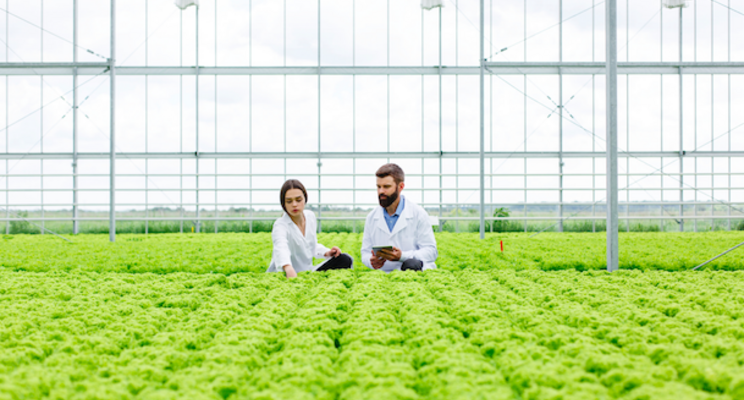Stop the drop in greenhouse lettuce
Added on 22 December 2021

According to a recent e-GRO Edible alert, lettuce in greenhouses may be commonly affected due to high humidity and density of the plants. The first visual symptoms of lettuce drop are wilting of leaves, light brown water-soaked lesions, and eventually white, cottony thread-like hyphae (mycelium). Symptoms usually appear on the lower stems or crown of the plant. However, symptoms may be detected on the top portion of the lettuce head in between the new shoots. This may be caused by overcrowding and bolting of the lettuce, which can create a humid microclimate right above and/or within the lettuce heads.
Once this organism is introduced into an operation, it can be difficult to manage because of its resilient structures called sclerotia. Sclerotia are tough, long-lived masses of mycelia that produce air-borne spores. These spores can infect the upper leaves and stems of neighboring and distant plants. Spore germination can occur within 48 hours in the presence of free moisture on leaves.
Click here to learn more.
Photo created by freepic.diller - www.freepik.com
Source: Greenhouse Grower
More news















